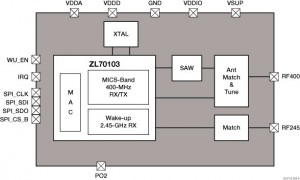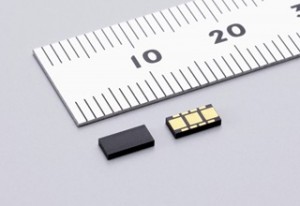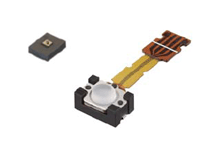Linear Technology announces the LTC5549, a double-balanced mixer that can operate either as an up-converter or down-converter, with a very wide RF frequency range from 2GHz to 14GHz.
The mixer has a linearity of 24.4dBm IIP3 at 9GHz.
It is aimed at microwave transmitter and receiver designs with its integrated LO buffer that needs only a 0dBm drive level, effectively eliminating an external high power LO amplifier circuit.
The device also has an integrated on-chip, switchable frequency doubler for LO signal, providing an option to use lower cost, commonly available low frequency synthesizers.
The LTC5549 employs wideband integrated balun transformer optimized to extend RF frequency bandwidth from 2GHz to 14GHz while enabling single-ended operation. Its IF port also has wide bandwidth up to 6GHz.
All three ports are 50Ω matched. The mixer offers high port-to-port isolation, minimizing undesireable LO leakage, and easing external filtering requirements.
The LTC5549’s performance enhances a wide range of microwave applications including microwave backhaul, high unlicensed band LTE-Advanced base stations, satellite broadband radios, radar systems, X-band and Ku band transceivers, test equipment and satellite modems.
The LTC5549 offers improved ESD protection with its 2,000V ESD human body model (HBM) rating on all pins. The device is available in a tiny 12-lead, 3mm x 2mm plastic QFN package. With its minimal external component design, the LTC5549 results in a compact solution footprint. The device is rated for operation from –40°C to 105°C case temperature to support extended environmental operating temperature.
The mixer is optimized for single 3.3V supply operation, drawing a nominal supply current of 115mA.
Additionally, the LTC5549 has an enable pin to disable the IC. When deactivated, the device draws only 100μA maximum standby current. The enable pin can be driven directly to turn the device on and off rapidly in less than 0.2μs, supporting time-division duplex (TDD) or burst mode type radios.
The LTC5549 is priced starting at $10.07 each in 1,000-piece quantities. Samples and production quantities are available immediately.






